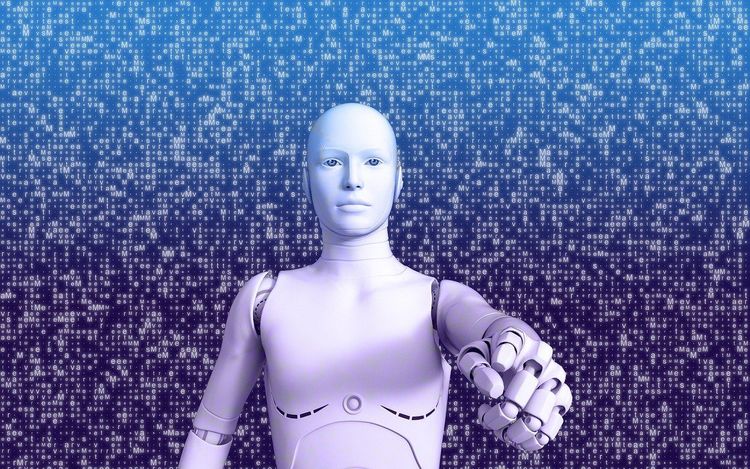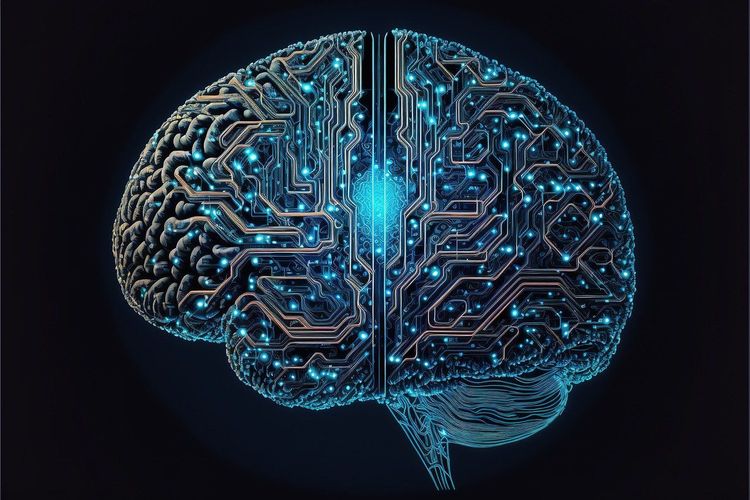To accelerate global development of humanoid robots, Nvidia has introduced new services tailored for leading robot manufacturers and AI model developers. This initiative includes a comprehensive suite of services, models, and computing platforms designed to foster innovation in the next generation of humanoid robotics.
Among the offerings are Nvidia NIM microservices for robot simulation and learning, the Nvidia Osmo orchestration service for managing multi-stage robotics workloads, and an AI-driven teleoperation workflow. This workflow empowers developers to train robots using limited human demonstration data effectively.
Nvidia CEO Jensen Huang outlined these advancements during his keynote at the Siggraph computer graphics conference in Denver, Colorado. He stated, “The next wave of AI is robotics. One of the most exciting developments is humanoid robots. We’re enhancing the Nvidia robotics stack, enabling global humanoid developers and companies to access the platforms, acceleration libraries, and AI models that best fit their needs.”
Accelerating Development with Nvidia NIM and Osmo
NIM microservices offer pre-built containers powered by Nvidia's inference software, significantly reducing deployment times from weeks to minutes. Two new AI microservices enhance simulation workflows for generative physical AI within Nvidia Isaac Sim, a reference application for robotics simulation on the Nvidia Omniverse platform.
- MimicGen NIM Microservice: Generates synthetic motion data based on recorded teleoperation data from devices like Apple Vision Pro.
- Robocasa NIM Microservice: Creates robot tasks and simulation-ready environments using OpenUSD, a universal framework for 3D collaboration.
Nvidia Osmo is a cloud-native managed service that facilitates the orchestration and scaling of sophisticated robotics development workflows across distributed computing resources, whether on-premises or in the cloud. Osmo streamlines robot training and simulation, reducing development cycle times from months to under a week. Users can oversee a variety of tasks, such as generating synthetic data, training models, conducting reinforcement learning, and software-in-the-loop testing for humanoids, autonomous mobile robots, and industrial manipulators.
Advancing Data Capture Workflows for Humanoid Robot Developers
Training foundation models for humanoid robots necessitates vast amounts of data. Teleoperation is a common method for capturing human demonstration data, though it can be costly and time-consuming. Nvidia’s AI-enabled teleoperation workflow allows researchers and AI developers to create substantial quantities of synthetic motion and perception data from a limited number of human demonstrations.
Developers capture a small set of teleoperated demonstrations using Apple Vision Pro, then simulate these recordings in Nvidia Isaac Sim. The MimicGen NIM microservice is employed to generate synthetic datasets from the simulations. The Project GR00T humanoid foundation model is then trained with both real and synthetic data, allowing developers to save time and cut costs. The Robocasa NIM microservice in Isaac Lab generates experiences to refine the robot model, with Nvidia Osmo optimally assigning computing tasks and minimizing administrative overhead.
Alex Gu, CEO of Fourier, emphasized the impact of simulation technology, stating, “Developing humanoid robots is extremely complex, requiring an immense amount of real data captured from the real world. Nvidia’s simulation and generative AI tools will significantly accelerate our model development workflows.”
Expanding Access to Nvidia Humanoid Developer Technologies
Nvidia offers three key computing platforms to facilitate humanoid robotics development: AI supercomputers for model training, Nvidia Isaac Sim for robot learning in simulated environments, and Nvidia Jetson Thor humanoid robot computers for executing models. Developers can leverage these platforms according to their specific needs.
The newly launched Nvidia Humanoid Robot Developer Program provides early access to the latest technologies, including Nvidia Isaac Sim, Isaac Lab, Jetson Thor, and Project GR00T general-purpose humanoid foundation models. Early adopters of this program include industry leaders such as 1x, Boston Dynamics, ByteDance Research, Field AI, Figure, Fourier, Galbot, LimX Dynamics, Mentee, Neura Robotics, RobotEra, and Skild AI.
Aaron Saunders, CTO of Boston Dynamics, remarked, “Boston Dynamics and Nvidia have a long history of collaboration to push the boundaries of robotics. We’re excited to see this work accelerating the industry, and the early-access program is a fantastic opportunity to access cutting-edge technology.”
Availability
Developers can now join the Nvidia Humanoid Robot Developer Program for access to Nvidia Osmo and Isaac Lab, with Nvidia NIM microservices access coming soon.







